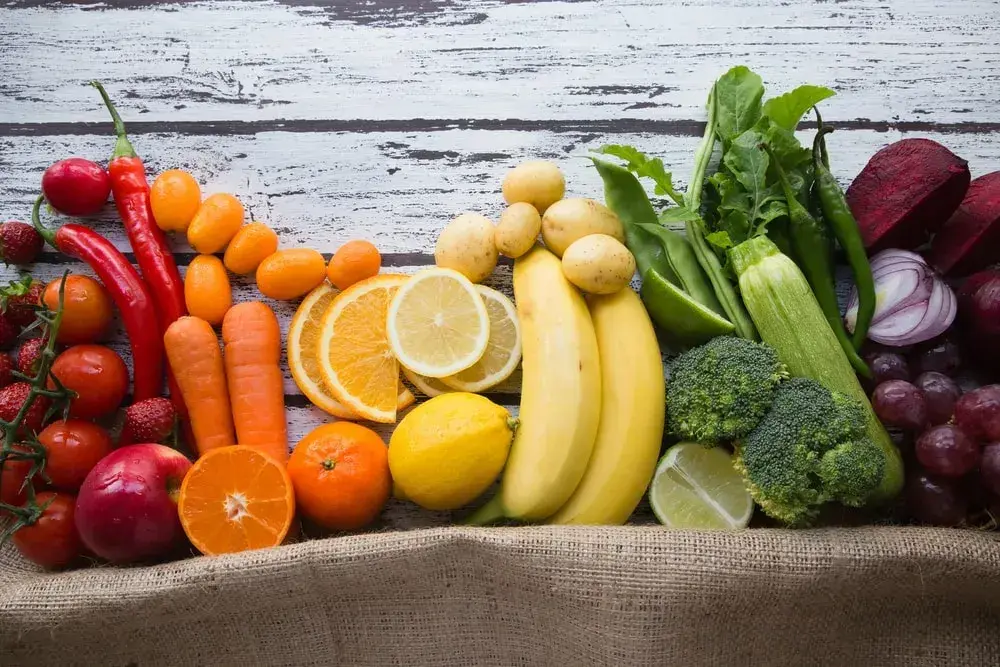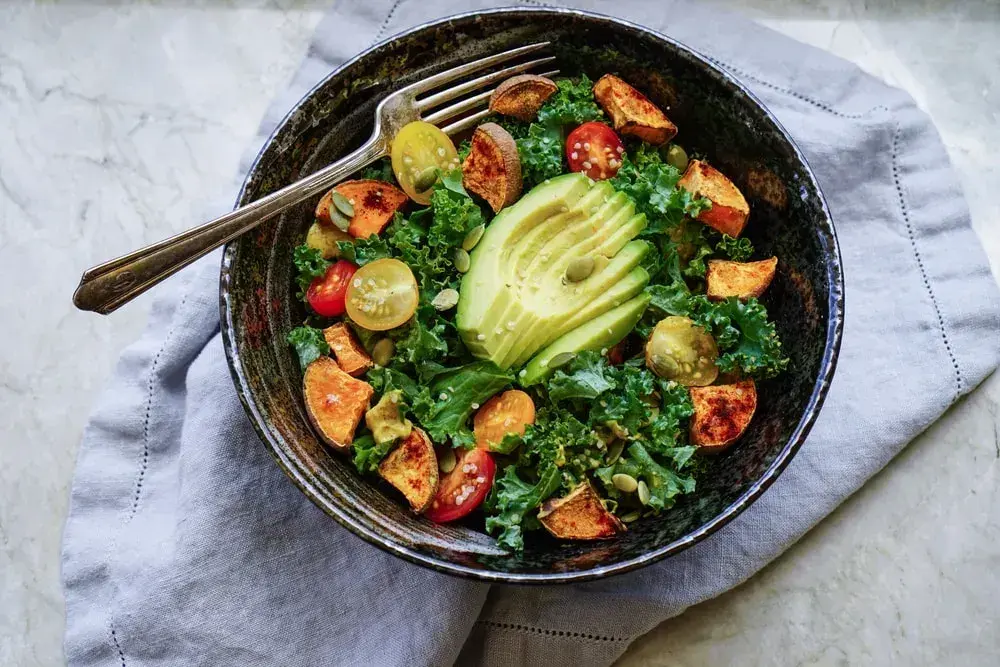3 min read
From The Doc: Health Benefits Of Fruits And Veggies
Garcia Weight Loss
:
Feb 26, 2018 12:00:00 AM

/assets/images/provider/photos/2579111.jpg)
No matter what type of diet are on, the health benefits of fruits and veggies are necessary to provide the body with essential vitamins and minerals. Despite many people’s best attempts at eating well, nutrition remains a confusing and often overwhelming subject. The internet is full of mixed and contradictory nutritional advice.
Part of the reason for this confusion is that there is no one diet that works for everyone — that’s why we offer personalized DNA testing to help our patients identify their ideal diet. Numerous studies have linked diets rich in fruits and vegetables to positive outcomes such as a lower risk of heart disease, reduced blood pressure, a decreased risk of developing certain types of cancer, improved gastrointestinal health, a lower risk of diabetes, and improved vision health.
Although many degenerative diseases are often thought of as a natural part of the aging process, your diet can help protect you from many ailments, and can even help extend your life. Avoiding damaging foods, such as sugar, is one important step in safeguarding your health. Filling your body with a variety of fresh fruits and vegetables is another.
Nutritional benefits of fruits and vegetables
Eating a wide variety of fruits and veggies arms the body with vital nutrients, including but not limited to:
- Vitamin A, which is beneficial to skin and eyes, and protects against infections
- Vitamin C, which promotes healing, strengthens the immune system, and contributes to healthy teeth and gums
- Potassium, which helps stabilize blood pressure and blood sugar levels, maintain nervous system health, and prevent muscle cramps
- Folate (folic acid), which aids in the formation of red blood cells and reduces the risk of neural tube defects in a developing fetus
- Dietary fiber, which has been shown to help reduce cholesterol. It may also lower the risk of heart disease and certain types of cancer. Fiber also helps the body stay full longer, which means people who consume a high-fiber diet are less likely to binge on poor food choices.
What to eat
of the rainbow. The same compounds that give fruits and vegetables their vibrant colors also provide many of their health benefits. Keep this in mind when choosing produce at the supermarket. For example, if you tend to buy green pepper, but your diet is lacking in yellow, red, or orange foods, try choosing different varieties of bell peppers.
Consider the following benefits of each point on the color spectrum:
Red foods
Foods that fall into the red family are generally high in a phytonutrient known as lycopene. Lycopene is thought to lower the risk of certain cancers while also protecting the heart and brain. Tomatoes are a great source of lycopene.
Yellow-orange foods
Yellow-orange foods such as carrots, sweet potatoes, and mangoes are high in beta-carotene. The body uses beta-carotene to produce vitamin A, which supports the immune system in addition to vision, skin, and bone health. The yellow-orange family of foods also have high levels of vitamin C.
Yellow-green foods
This group includes kiwi, avocados, and leafy greens such as spinach. These foods are a good source of lutein, an antioxidant that protects the eyes and skin. Some studies suggest it also lowers the risk of certain cancers.
Green cruciferous foods
Cruciferous foods include cabbages, broccoli, and Brussels sprouts. All are a good source of vitamin K, potassium, omega-3 fatty acids, and folate. These foods also contain phytochemicals thought to protect against cancer by helping the body rid itself of carcinogens.
Blue-purple foods
Blueberries, eggplant, and plums fall into this antioxidant-rich color family. The antioxidants in these foods may help improve the health of blood vessels and lower blood pressure.
Making it easier
Our busy lives make it tempting to choose foods based on convenience rather than nutrition. One way to work more fruits and veggies into your life is to make them just as convenient. Many grocery stores offer pre-packaged, snack-sized bags of carrots and apples, and single-portion cups of pre-cut melons, pineapples, strawberries, and other fruits. Spending just 30 minutes a week to chop your own fruits and veggies can save you money and guarantees that you have your favorites on hand to grab and go. Fruits and veggies prone to changing color once they are cut can be kept fresh with a squeeze of lemon or lime.
Out of sight is out of mind. Take the veggies out of the produce drawers in the fridge and put them right up front so you see them first when you open the door. Put a bowl of fruit prominently on the kitchen counter or dining room table so it can become your top-of-mind choice when you crave a snack.
As you embark on the journey of adding more fruits and veggies into your diet, focus on eating whole foods as close to their natural state as possible to ensure that the food going into your body is free of additives and chemicals.
For optimal health, fill each meal, or at least each day, with a delicious, colorful array of veggies and fruits and know that your body is getting the fuel that it needs for peak performance.
Are you struggling to create and maintain a healthy weight and lifestyle? Contact us today for your no-cost consultation to find out how Garcia Weight Loss and Wellness Centers can help you create a personalized plan with the professional guidance and support necessary to help you achieve your goals!


